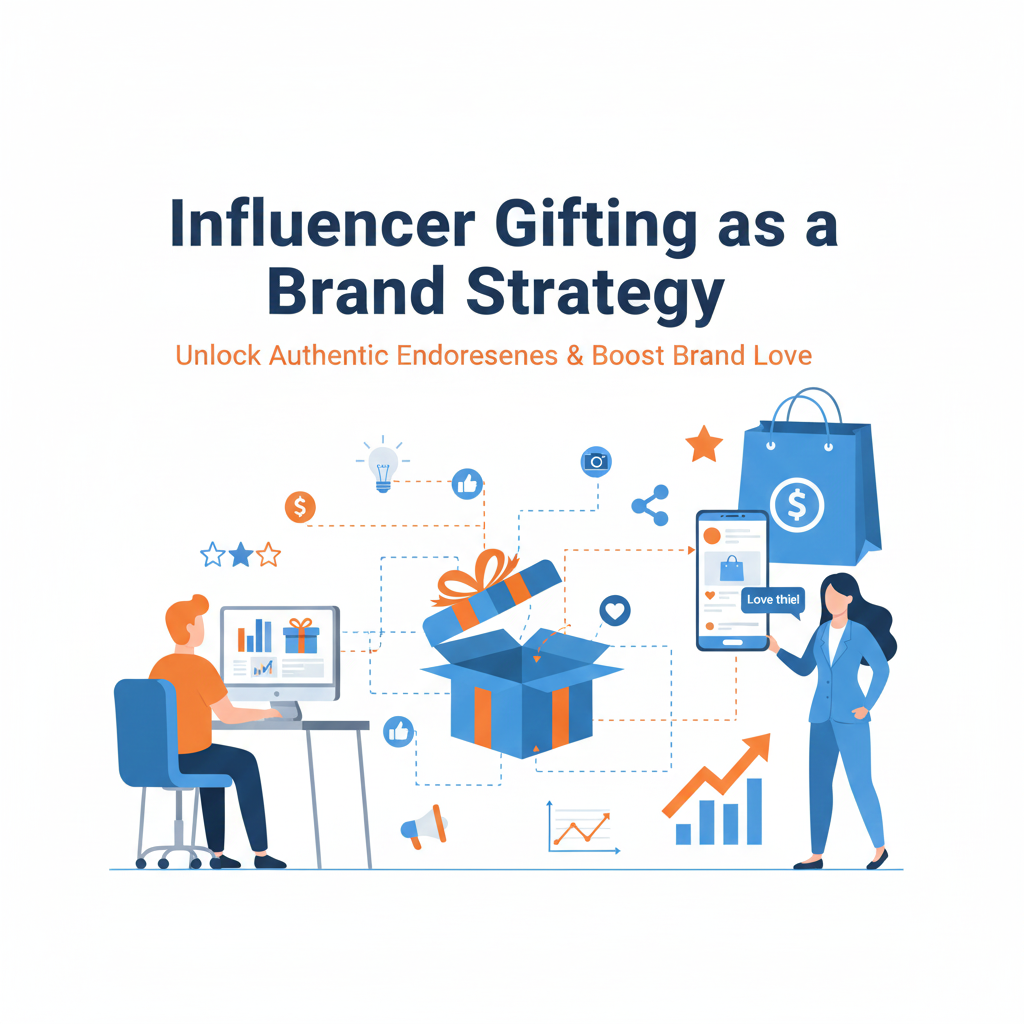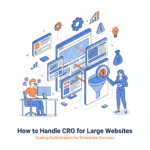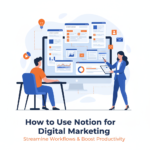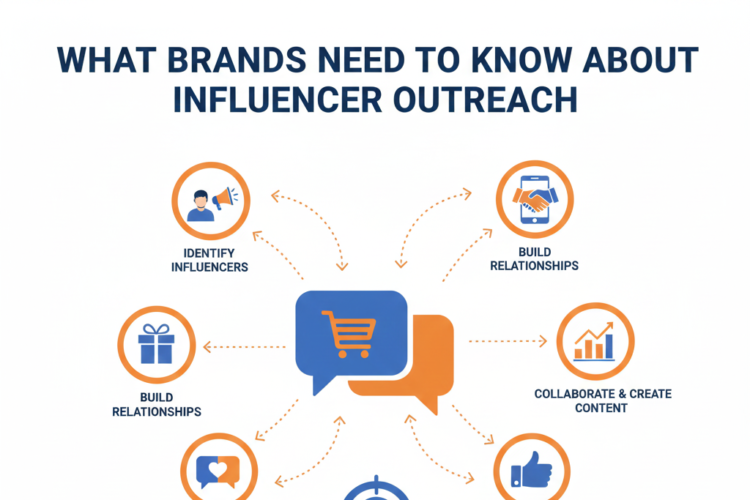
Influencer Gifting as a Brand Strategy: Boost Awareness, Engagement & Conversions
1. Introduction: Why Influencer Gifting Matters
Influencer marketing has evolved beyond sponsored posts and paid collaborations. One highly effective yet underutilized tactic is influencer gifting, where brands provide products or services to influencers in exchange for organic mentions or content.
Unlike traditional paid campaigns, gifting builds authentic advocacy, often resulting in:
-
Increased brand awareness
-
Social proof through real-life usage
-
Cost-effective marketing with long-term impact
This strategy is particularly effective for lifestyle, beauty, fashion, wellness, and tech brands.
2. Benefits of Influencer Gifting
a. Authentic Brand Promotion
Influencers often share gifts voluntarily, adding a personal touch. Audiences perceive these mentions as genuine endorsements, not paid ads.
b. Cost-Effective Strategy
-
No upfront media cost (compared to sponsored posts)
-
Products serve dual purposes: inventory movement and marketing
-
Higher ROI when targeting micro and nano influencers
c. Organic Reach and Visibility
-
Gifted products often generate unpaid social media posts, stories, or reels
-
Can spark viral trends and user-generated content (UGC)
d. Strengthening Influencer Relationships
-
Builds goodwill and long-term partnerships
-
Encourages collaborations beyond gifting, like co-branded launches
e. Credibility and Social Proof
When influencers with niche, engaged audiences feature your product, it boosts trust among potential customers.
3. How to Plan an Influencer Gifting Strategy
A successful influencer gifting strategy requires clear objectives, selection, and personalization.
Step 1: Define Your Goals
Common goals include:
-
Brand awareness and visibility
-
Product launches or seasonal campaigns
-
Generating UGC
-
Testing new markets
Clear goals will dictate who to target, what to gift, and how to measure success.
Step 2: Identify the Right Influencers
-
Relevance: Their niche aligns with your brand
-
Engagement: High-quality interactions, not just follower count
-
Authenticity: Previous collaborations show genuine influence
-
Audience Demographics: Matches your target customer profile
Tip: Micro (10K–50K followers) and nano influencers (1K–10K followers) often have higher engagement rates than mega influencers.
Step 3: Curate Personalized Gifts
-
Match the gift to the influencer’s lifestyle or interests
-
Add personal touches like handwritten notes
-
Include clear, non-intrusive instructions for content sharing (optional)
Example: Beauty brand gifting a skincare kit with a note:
“We’d love for you to try this and share your honest thoughts with your followers!”
Step 4: Build Outreach and Communication
-
Send concise, polite outreach messages
-
Be transparent about brand expectations
-
Avoid being pushy; gifting works best with authentic freedom
Step 5: Track and Measure Results
Even if unpaid, you should track ROI:
-
Mentions on social media (posts, stories, reels)
-
Hashtag usage and reach
-
Engagement metrics (likes, comments, shares)
-
Click-throughs to your website or landing page
-
Increase in followers or leads
Tools like Brand24, Upfluence, HypeAuditor, or Sprout Social can track influencer-generated impact.
4. Best Practices for Influencer Gifting
-
Be Selective: Don’t send to every influencer; prioritize quality and relevance
-
Time Your Gifting: Launch gifts around campaigns, holidays, or product launches
-
Provide Experience: Make unboxing memorable to encourage content creation
-
Avoid Over-Promotion: Let influencers share their genuine opinions
-
Legal Compliance: Clearly disclose when a product is gifted if required by local regulations
5. Common Mistakes to Avoid
-
Sending generic gifts with no personalization
-
Targeting influencers with irrelevant audiences
-
Ignoring follow-ups after sending gifts
-
Expecting immediate posts or forced content
-
Not tracking ROI or engagement metrics
6. Influencer Gifting Examples
-
Beauty Industry: Sephora sends new product kits to beauty vloggers, who create unboxing videos and tutorials.
-
Fashion: Clothing brands gift seasonal outfits to nano-influencers for Instagram Stories or TikTok.
-
Tech: Smart device brands send gadgets to tech reviewers for organic reviews or social posts.
-
Food & Beverage: Gourmet snack companies send sample boxes to foodie influencers for Instagram Reels or blog posts.
7. Measuring Success of Influencer Gifting
Metrics may include:
| Metric | Why It Matters |
|---|---|
| Social Mentions | Number of posts/stories featuring your product |
| Engagement | Likes, comments, shares, and saves |
| Website Traffic | Click-through from influencer links or mentions |
| UGC Volume | Number of posts generated by followers of influencers |
| Conversions | Sales generated from influencer mentions |
| Follower Growth | Increase in brand followers on social platforms |
8. Scaling Influencer Gifting
-
Create seasonal gifting calendars
-
Build tiered influencer programs (nano, micro, macro)
-
Combine gifting with paid campaigns for amplified reach
-
Encourage UGC contests where followers can win products
9. Conclusion
Influencer gifting is a powerful, cost-effective brand strategy when done thoughtfully.
It helps brands:
-
Increase awareness authentically
-
Generate UGC and social proof
-
Build lasting relationships with influencers
-
Boost engagement and conversions without heavy ad spending
The key is personalization, relevance, and authenticity—not simply sending free products. Done right, gifting can transform influencers into genuine brand advocates and create measurable marketing impact.
Author



